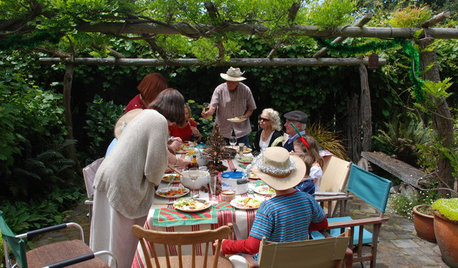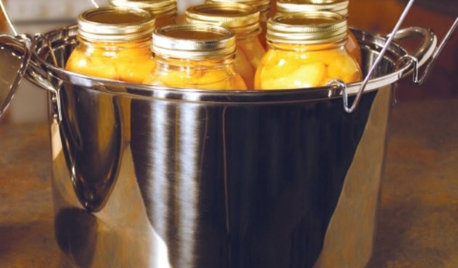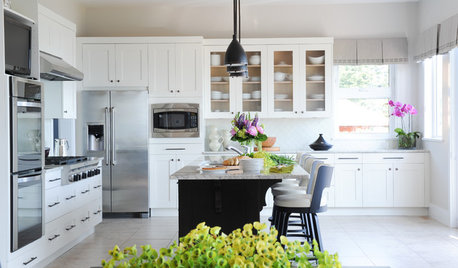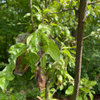Plum Cracking
plumhillfarm
13 years ago
Related Stories

HOLIDAYSPeek in on a Traditional Christmas — in a Summery Garden
Turkey and plum pudding grace this family's holiday table, but it happens to be set smack dab in a lush New Zealand garden
Full Story
NEUTRAL COLORS8 Great Color Palettes: Surprising Bedroom Neutrals
Peaceful plum, relaxing black and many shades of gray show an unpredictably neutral nature in the bedroom
Full Story
DENS AND LIBRARIESRoom of the Day: Princess the Snake Reigns in a Luxe Library
Sure, there are books. But in this library the custom snake habitat may be most worth checking out
Full Story
PRODUCT PICKSGuest Picks: Canning, Preserving, Steaming, Dehydrating
20 products to help make fall produce last through the season and beyond
Full Story
ACCESSORIESTo Chop or Not to Chop?
Karate-chopped pillows pop up in design photos all the time — to the delight of some, the dismay of others. Here's why
Full Story
COLORColors of the Year: Look Back and Ahead for New Color Inspiration
See which color trends from 2014 are sticking, which ones struck out and which colors we’ll be watching for next year
Full Story
REMODELING GUIDESThe Hidden Problems in Old Houses
Before snatching up an old home, get to know what you’re in for by understanding the potential horrors that lurk below the surface
Full Story
DECORATING GUIDES10 Ways to Give Your Hospitality a Tropical Touch
Treat guests to the resort treatment with blossoms, fruit and artwork that stir up an air of the exotic
Full Story
INSIDE HOUZZInside Houzz: Refaced Cabinets Transform a Kitchen
No walls came down. No windows were added. But this once-dark kitchen looks completely different, thanks to bright new surfaces
Full Story






alan haigh
Scott F Smith
Related Discussions
Mirabelles - Plums What is the difference?
Q
Butchered roots
Q
Growing fruit in the NY munsoon
Q
stubborn plum seed
Q
Konrad___far_north
alan haigh
theaceofspades
plumhillfarmOriginal Author
Scott F Smith
plumhillfarmOriginal Author
theaceofspades
alan haigh
alan haigh